Turkey's underground city of 20,000 people
http://corneey.com/ed3TSB
Share using Email ADVENTURE & EXPERIENCE | UNDERGROUND SPACES | TURKEY | EUROPE
(Image credit: Danm/Getty Images)
By Geena Truman11th August 2022
More than 85m beneath the famous fairy chimneys of Cappadocia lies a massive subterranean city that was in near-constant use for thousands of years.
Violent gusts whipped loose soil into the air as I hiked through Cappadocia's Love Valley. Pink- and yellow-hued hillsides coloured the rolling landscape scarred with deep red canyons, and chimneystack rock formations loomed in the distance. It was arid, hot, windy and devastatingly beautiful. Millennia ago, this volatile, volcanic environment naturally sculpted the spires surrounding me into their conical, mushroom-capped shapes, which now draw millions of visitors to hike or hot-air balloon in the central Turkish region.
But beneath Cappadocia's crumbling surface, a marvel of equally gargantuan proportions lay hidden away for centuries; a subterranean city that could conceal the whereabouts of up to 20,000 inhabitants for months at a time.
The ancient city of Elengubu, known today as Derinkuyu, burrows more than 85m below the Earth's surface, encompassing 18 levels of tunnels. The largest excavated underground city in the world, it was in near-constant use for thousands of years, changing hands from the Phrygians to the Persians to the Christians of the Byzantine Era. It was finally abandoned in the 1920s by the Cappadocian Greeks when they faced defeat during the Greco-Turkish war and fled abruptly en masse to Greece. Not only do its cave-like rooms stretch on for hundreds of miles, but it's thought the more than 200 small, separate underground cities that have also been discovered in the region may be connected to these tunnels, creating a massive subterranean network.
According to my guide, Suleman, Derinkuyu was only "rediscovered" in 1963 by an anonymous local who kept losing his chickens. While he was renovating his home, the poultry would disappear into a small crevasse created during the remodel, never to be seen again. Upon closer investigation and some digging, the Turk unearthed a dark passageway. It was the first of more than 600 entrances found within private homes leading to the subterrestrial city of Derinkuyu.
Excavation began immediately, revealing a tangled network of underground dwellings, dry food storage, cattle stables, schools, wineries and even a chapel. It was an entire civilisation tucked safely underground. The cave city was soon spelunked by thousands of Türkiye's least claustrophobic tourists and, in 1985, the region was added to the Unesco World Heritage list.
The city's exact date of construction remains contested, but Anabasis, written by Xenophon of Athens circa 370 BCE, is the oldest written work that seems to reference Derinkuyu. In the book, he mentions Anatolian people, in or near the region of Cappadocia, living underground in excavated homes rather than the more popular cliffside cave-dwellings that are well known in the area.
According to Andrea De Giorgi, associate professor of classical studies at Florida State University, Cappadocia is uniquely suited to this kind of underground construction due to the lack of water in the soil and its malleable, easily mouldable rock. "The geomorphology of the region is conducive to the digging of underground spaces," he said, explaining that the local tuff rock would have been fairly easy to carve with simple tools like shovels and pickaxes. This same pyroclastic material was naturally forged into the fairy-tale chimneys and phallic spires jutting from the earth above ground.
AboutUs About us https://bit.ly/3GUPFOa
Contact us +919942258153 kvk.subadhra@gmail.com
Thank You Very Much for Sharing YourValuable Thoughts
https://7d9b0706-a85m24ipitkb06nfx.hop.clickbank.net
-
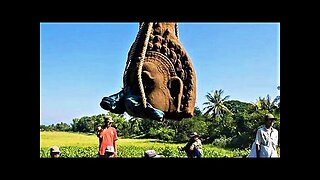 10:30
10:30
World Unearthed
6 months ago10 ANCIENT Places Unearthed
140 -
![[25 Mysteries of the Ancient City] Exploring Petra's Secrets #city #travel #Petra](https://hugh.cdn.rumble.cloud/s/s8/1/Y/G/J/Y/YGJYq.0kob-small-25-Mysteries-of-the-Ancient.jpg) 6:39
6:39
Uncover Cities & Sights
2 months ago[25 Mysteries of the Ancient City] Exploring Petra's Secrets #city #travel #Petra
25 -
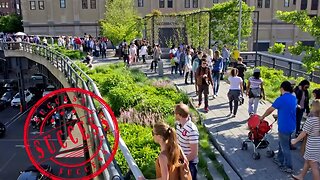 4:09
4:09
Gudnewz
1 year agoThe Most HIDDEN Underground Cities
526 -
 11:11
11:11
TheHorizonView
2 months agoInsider's Guide to Istanbul and Beyond: 10 Must See Attractions and Hidden Gems
26 -
 3:02:37
3:02:37
TheWarAgainstYou
1 year agoMysterious Ancient Underground Cities, Chambers, Tunnels, and Artefact. Ancient History Resurfaced
3.29K2 -
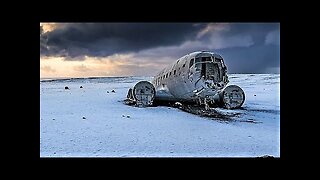 9:19
9:19
World Unearthed
4 months agoWorld's Strangest Isolated Places
901 -
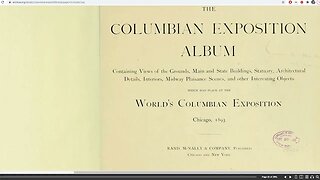 34:34
34:34
The Relaxation Zone
1 year ago|| WHAT DO YOU THINK? || TARTARIAN CITIES || CHICAGO || EVIDENCE ||
64 -
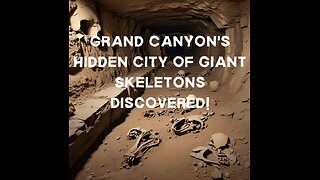 2:59
2:59
Conspiracy Chronicle
1 month agoAncient Giants of Grand Canyon: Unraveling the Enigma of the Underground City!
116 -
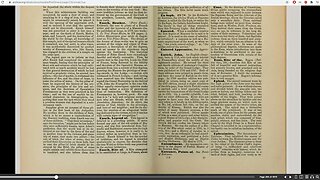 55:31
55:31
The Relaxation Zone
1 year ago|| WHAT DO YOU THINK? || TARTARIAN CITIES || ISTANBULL || EVIDENCE ||
38 -
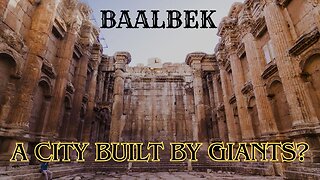 4:22
4:22
History World
3 months agoAn Ancient Mystery of Baalbek City | History World
85